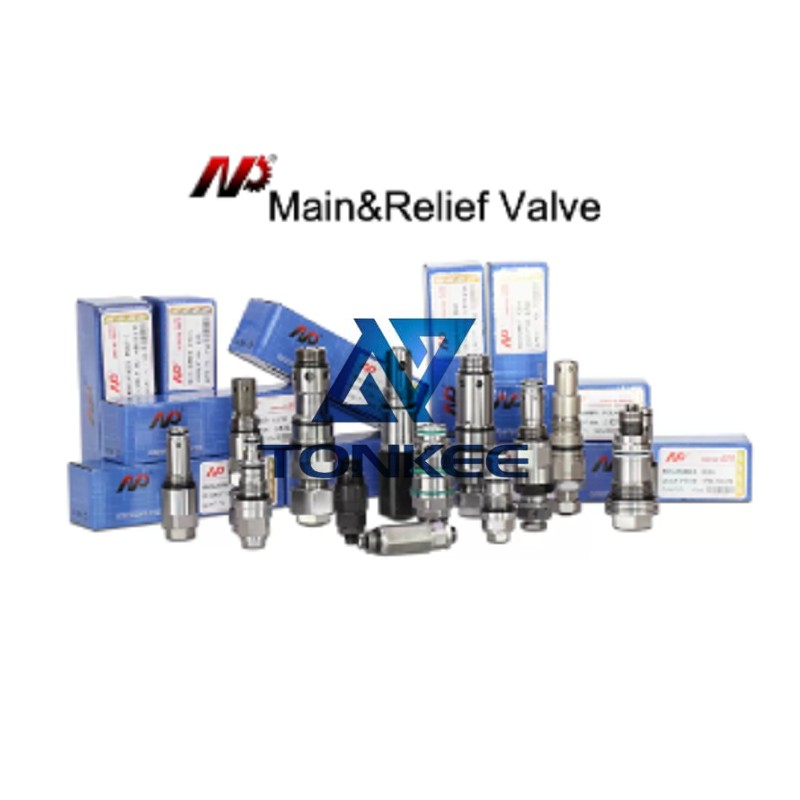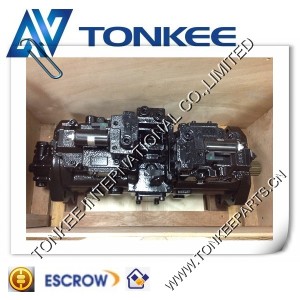
The main relief valve in an excavator engine is designed to maintain the hydraulic pressure within safe operating limits.
When hydraulic pressure exceeds a preset value, the valve opens to allow excess fluid to bypass the system, preventing damage to components and ensuring smooth machine operation.
Pressure Rating:
The primary specification for a main relief valve is its pressure rating. In excavators like the PC30, E70B, and EX200-2, the pressure rating can vary depending on the hydraulic system's design and the specific application. Common pressure ratings for these excavators may fall within the range of 2500 to 3500 PSI (pounds per square inch).
Flow Rate:
The flow rate is another crucial specification for the main relief valve. It refers to the volume of hydraulic fluid that the valve can handle per unit of time. This specification is usually measured in gallons per minute (GPM). In excavators, flow rates can range from 20 to 60 GPM, depending on the model and size of the hydraulic system.
Valve Type:
Main relief valves can be of various types, including poppet, spool, or pilot-operated valves. The specific type used in PC30, E70B, and EX200-2 excavators will depend on the manufacturer's design and requirements. Different types have varying performance characteristics and tolerances.
Adjustability:
Many main relief valves are adjustable, allowing operators or technicians to set the desired pressure levels within the hydraulic system.
The ease of adjustment and the range of adjustment for these valves can differ from one excavator model to another.
Materials:
The materials used to construct the main relief valve are essential for durability and longevity. In these excavators, the valve body is typically made from high-strength materials such as stainless steel or hardened steel to withstand the high pressures and harsh working conditions.
Seals and Gaskets:
The seals and gaskets used in the main relief valve are crucial for preventing hydraulic fluid leakage and maintaining pressure. The choice of seal materials and their quality can impact the valve's overall performance and service life.
Size and Mounting:
The physical size and mounting of the main relief valve should be compatible with the excavator's hydraulic system. It needs to fit securely within the hydraulic circuit to ensure efficient operation.
Response Time:
The response time of the main relief valve refers to how quickly it reacts to changes in pressure. A fast response time is vital for safety and system protection.
Maintenance and Replacement:
Understanding the specifications of the main relief valve is crucial for maintenance and replacement. If the valve malfunctions or wears out, it must be replaced with a valve that matches the original specifications to maintain the excavator's performance and safety.



 English
English Русский язык
Русский язык




